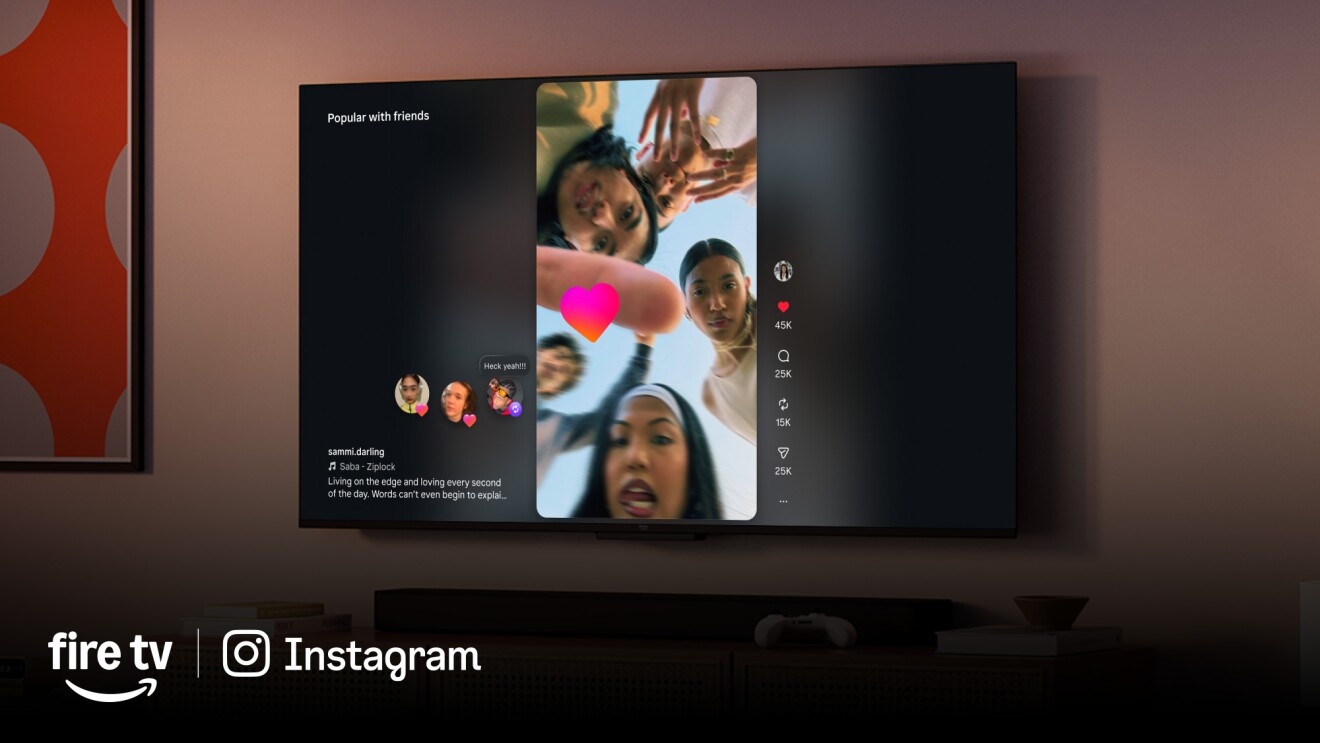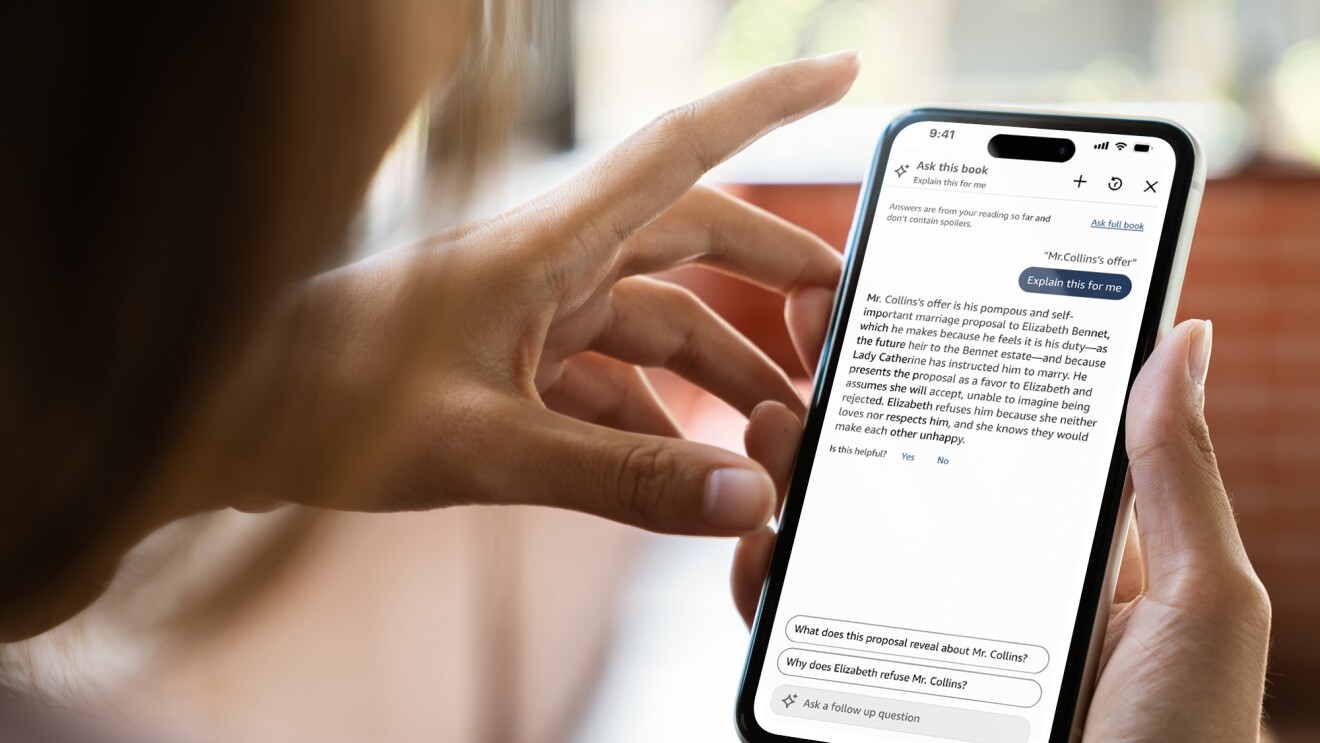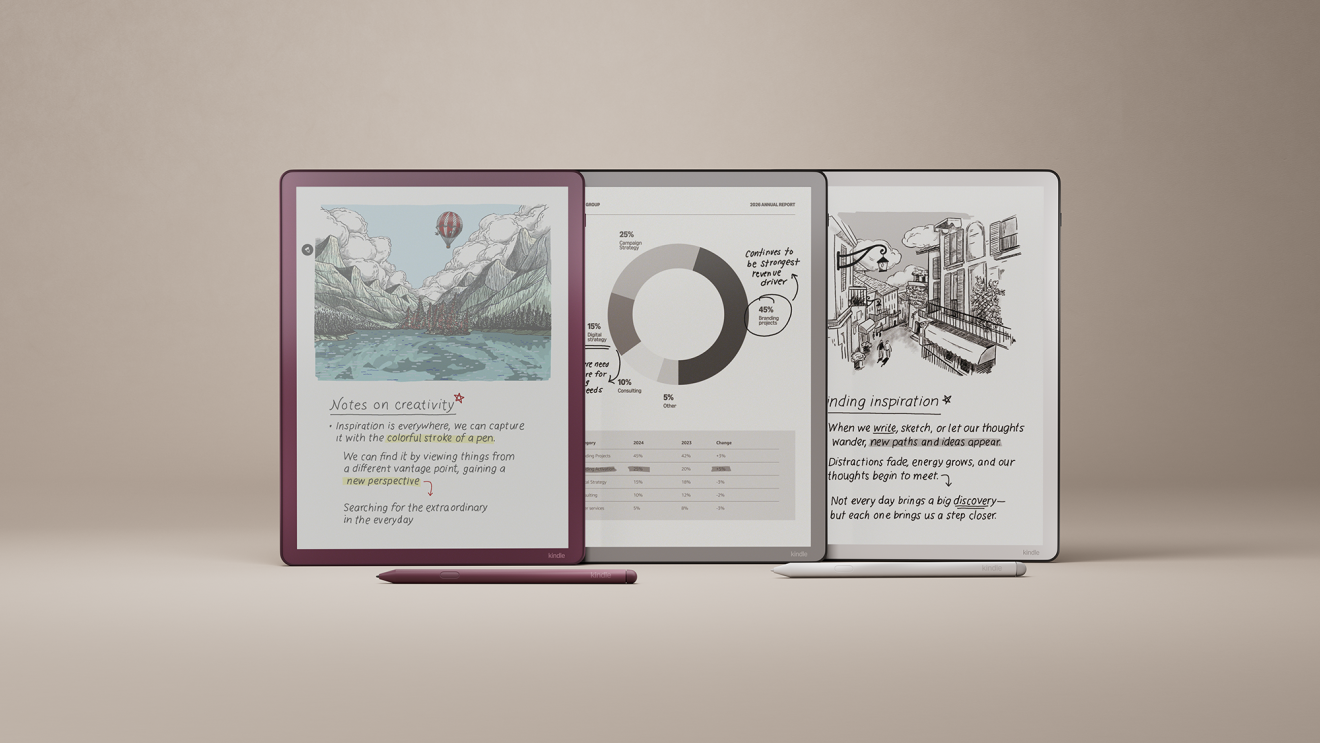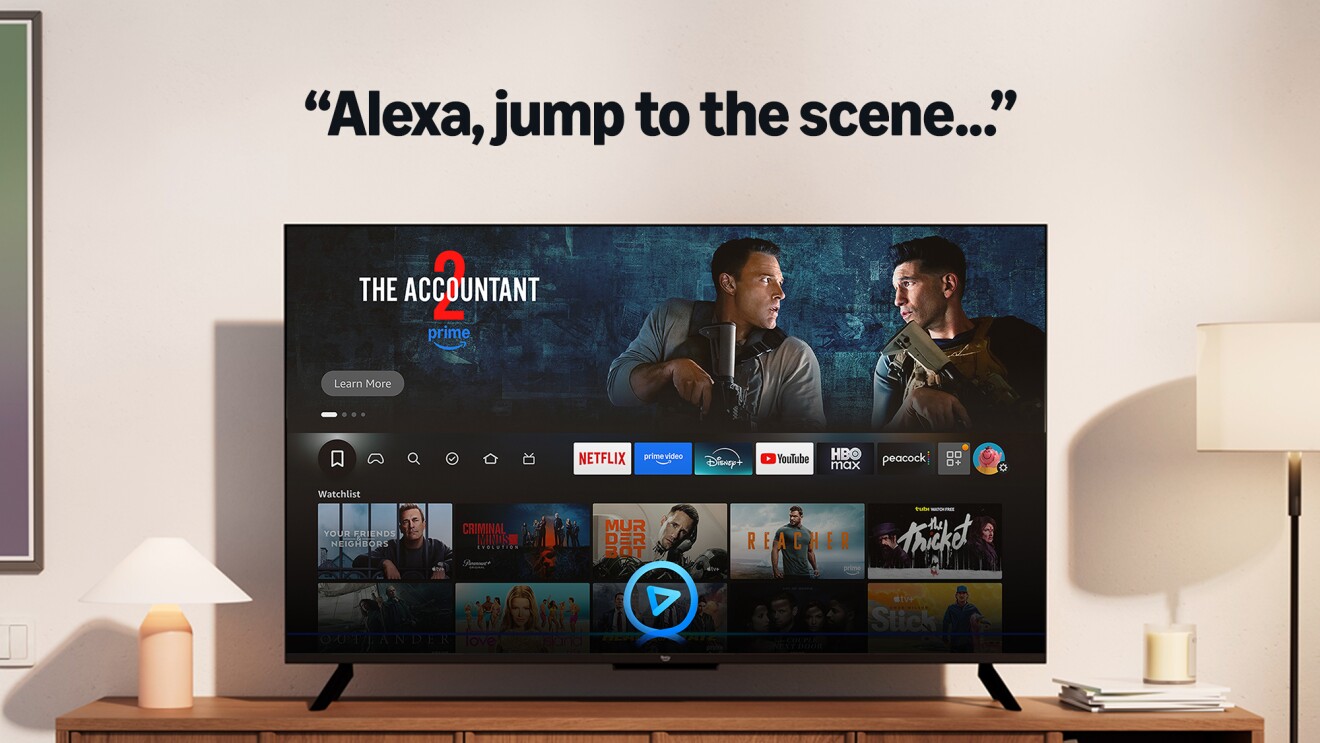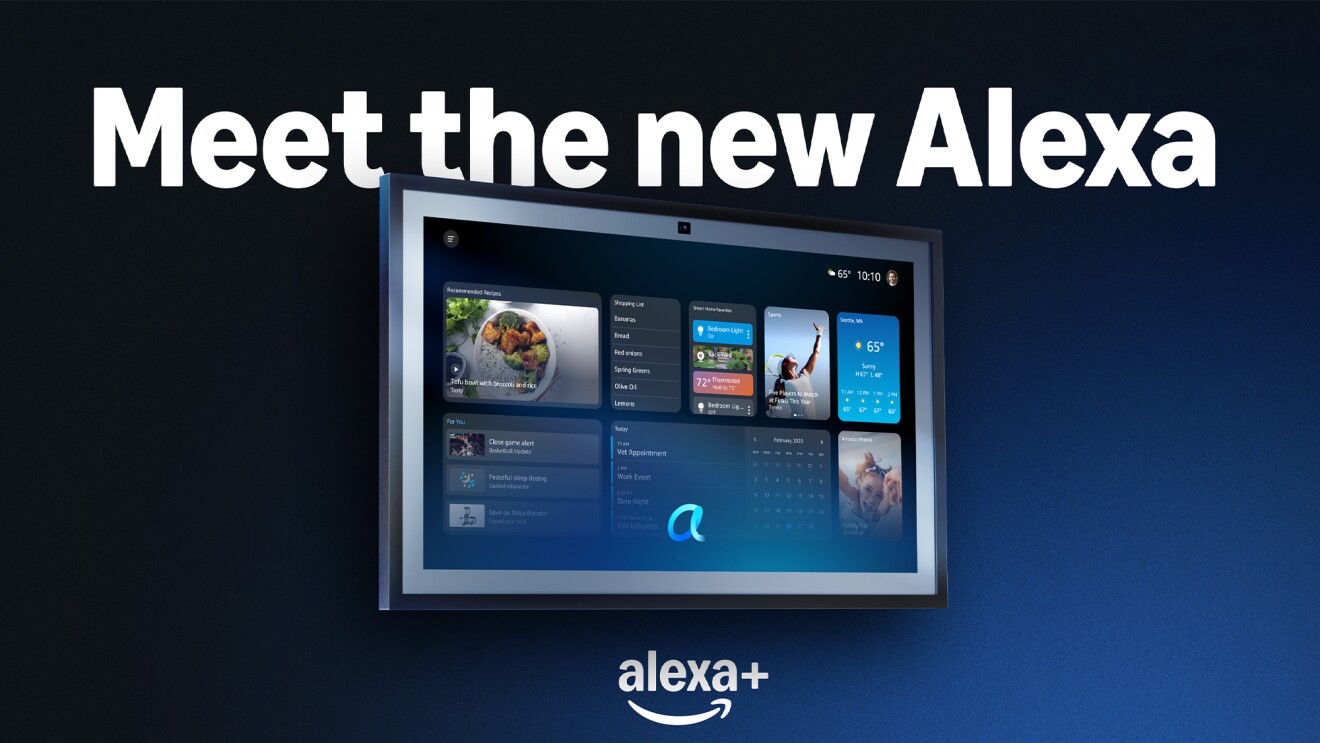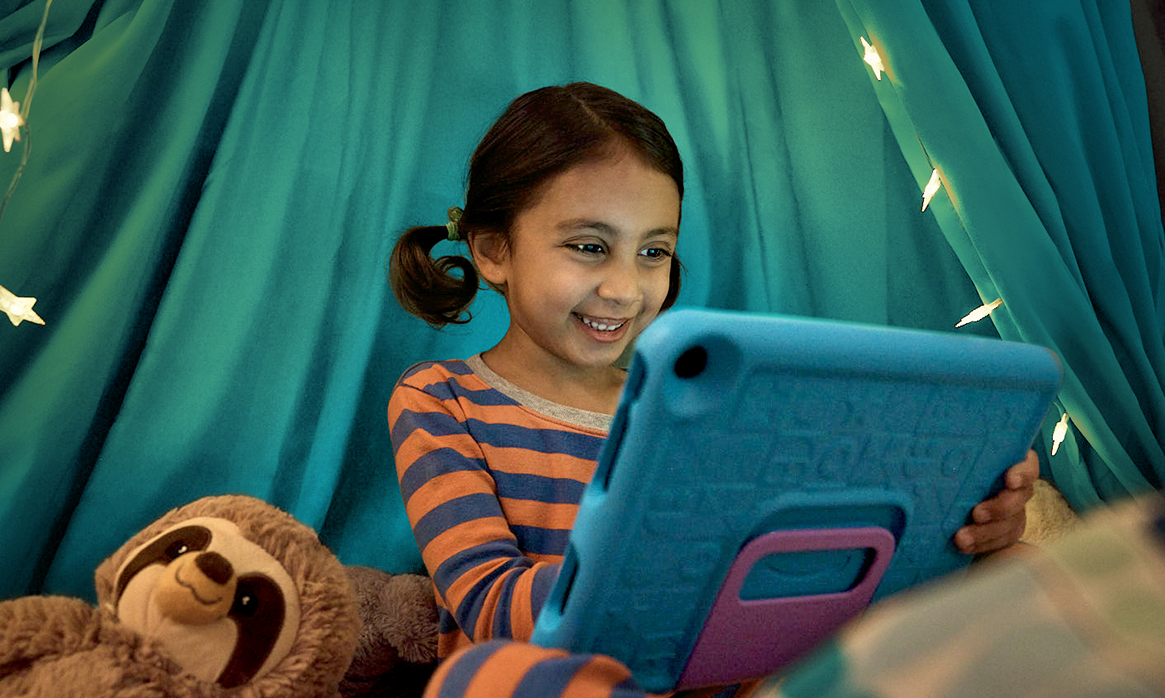Amazon makes it easy for customers to choose products and services that are better for the environment—and they can save money along the way.
With the Amazon Trade-in program, Amazon extends the lifetime of devices that might otherwise languish in a drawer. Customers can trade in their Kindle e-readers, Echo smart speakers, Ring security cameras, Fire Tablets, Fire TV devices, and other old electronics. For every valid trade-in, customers receive an Amazon gift card based on the value of their trade-in and, if eligible, a discount on the latest Amazon devices.
Buying a refurbished Amazon device is like nabbing a brand-new device at a hefty discount, and Amazon has refurbished more than a million customer trade-ins over the years, according to Michelle Lalljie, global head of Amazon’s Trade-in and Pre-Owned business. The better the condition of the trade-in device, the higher the gift card value.
“The biggest surprise for customers is that both the discount and the gift card are available even if they trade in a broken device,” Lalljie said.
The trade-in process is simple. On the Trade-in webpage, customers select the device (or devices) they would like to trade in, answer a few questions about the device’s condition, and ship the device or drop it off at Whole Foods Market or another Amazon partner store. Once the device condition is validated at a trade-in workshop, a gift card offer is automatically applied to the customer’s Amazon account.
Amazon devices that are traded in and returned by customers in the U.S. all end up at one of three engineering workshops across the country for assessment and refurbishment.
Here’s a quick overview of what happens once your old electronics reach our workshops.
 Photo by Monica Parsons
Photo by Monica ParsonsStep 1: A visual inspection confirms the customer’s assessment
After a device is shipped by a customer and received at a workshop, it quickly goes through an initial visual inspection. If the result matches the customer’s assessment of the condition of the device, Amazon immediately issues a gift card and discount.
“Since customers include additional components when they trade in their devices, such as cables and chargers, we reuse as much of the materials as we can,” said Mike Babbar, head of operations for Amazon’s Pre-Owned and Trade-in business. “We try to drive the circular economy.”
“Since customers include additional components when they trade in their devices, such as cables and chargers, we reuse as much of the materials as we can,” said Mike Babbar, head of operations for Amazon’s Pre-Owned and Trade-in business. “We try to drive the circular economy.”
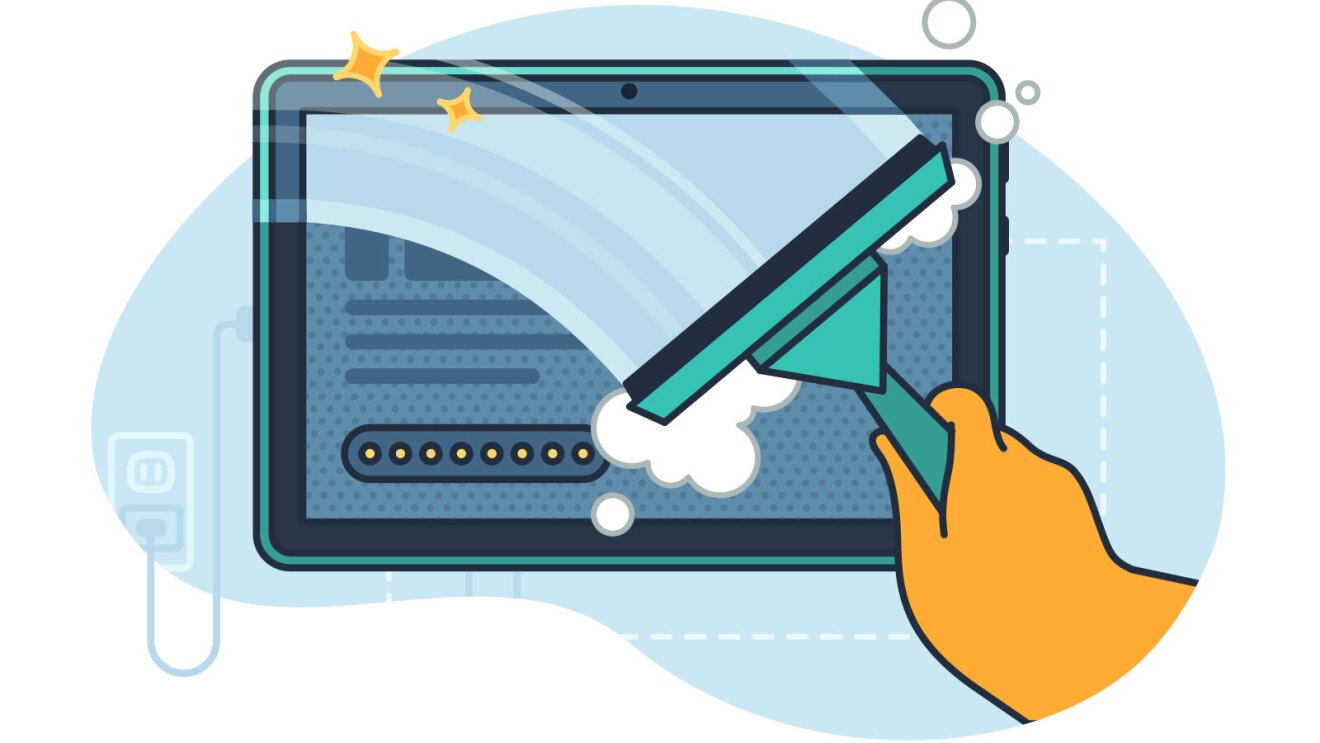 Photo by Monica Parsons
Photo by Monica ParsonsStep 2: Devices are wiped clean of their data and factory reset
The next step begins the refurbishing process. It starts with powering up the device, a total data wipe, deregistration process, and a reset to factory settings. It is priority number one that no Amazon customer information remains on a refurbed device, which is verified multiple times by workshop employees throughout the journey.
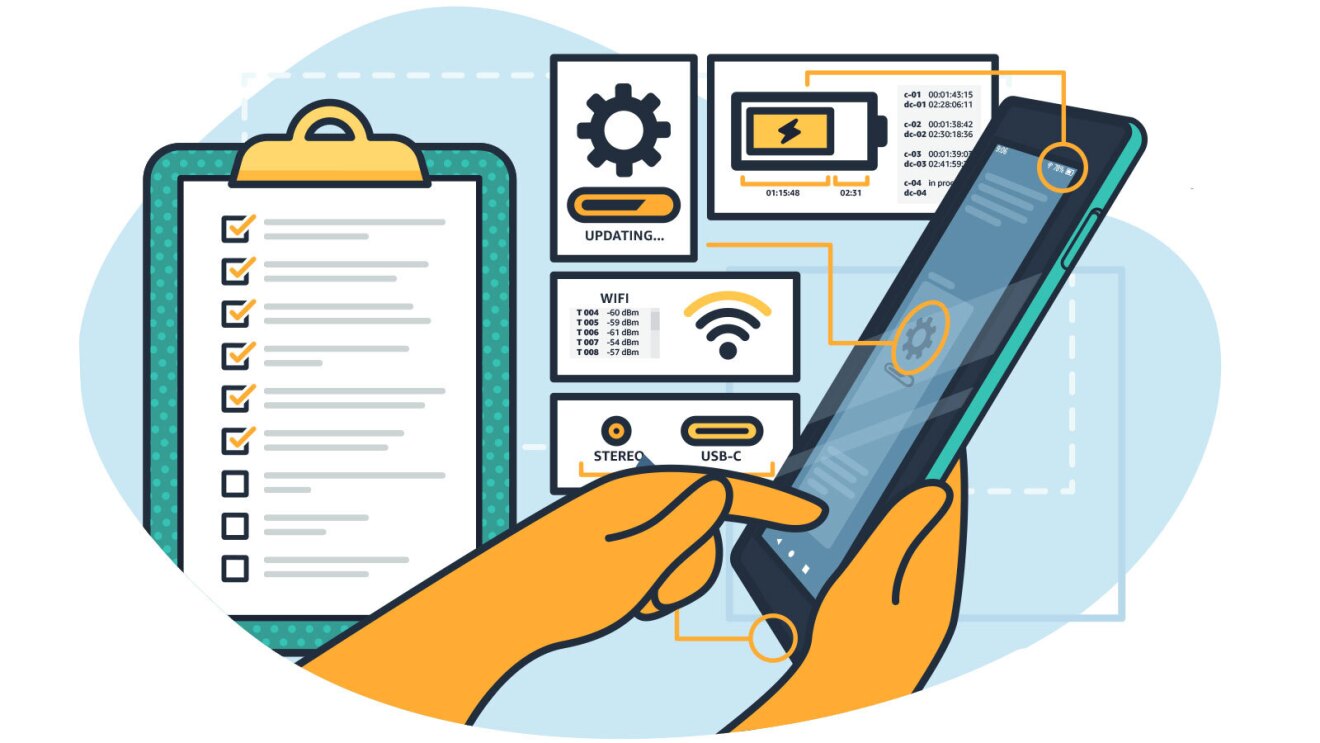 Photo by Monica Parsons
Photo by Monica ParsonsStep 3: A 20-point inspection tests nearly every component of the Amazon device
What follows next is a thorough review, usually a 20-point inspection, though the precise number of focus points is dependent on the device. This batch of tests starts with the battery and a question: Once the device is fully charged, how long does the battery last? Next, all the components in the device are checked. The USB, charging, or HDMI ports, along with the Bluetooth and Wi-Fi, and the devices’ ability to read and write data. Software is also updated to the latest version.
Many of these procedures can be carried out in bulk. For example, picture shelves full of Fire TV Sticks being processed en masse. But no device just gets waived through the refurbishing process.
“The tests are both manual and automated,” said Babbar. “We go through an extensive check list, with our eyes on a device and its test results, to ensure high quality.”
 Photo by Monica Parsons
Photo by Monica ParsonsStep 4: Highly functioning devices get an even closer look
Badly damaged or malfunctioning devices that cannot be factory reset are sent for responsible recycling. Devices that are working well are cleaned and further evaluated for their appearance. This cosmetic check is forensic, according to Babbar.
“We’ll look at a scratch and measure the width and length in millimeters to ascertain resale eligibility. We also look for dents, spots, scuffs, discoloration … you name it,” he said.
 Photo by Monica Parsons
Photo by Monica ParsonsStep 5: Grading and routing for different destinations
The forensic evaluation results in a grade that determines how the device will be resold. If the device looks as good as new, it will be sold as an Amazon Warehouse deal.
Devices that meet the resale quality bar are packaged and sent to an Amazon fulfillment center to be sold and shipped. The devices’ next stop is with customers, unless they are among the random batch of refurbished products that get intercepted and tested again for quality assurance before they leave the workshop.
According to reviews on Amazon, customers enjoy buying refurbished Amazon devices. They report being at least as satisfied, and sometimes more satisfied, than customers who bought the same product brand new. High quality, appealing pricing, and reducing waste is a great combination.
Trending news and stories





